Wood ash is used as a fertilizer for a long time. It has a multitude of useful elements that increase the fertility of the soil, contributing to the good growth of cultures and rich crops. What is the benefits of this substance, whether it is safe for use on the site and how to properly make it in the soil - we will try to figure it out in all these issues.
Chemical composition and features of ash
Let's consider in more detail, from which the wood burning product is and what is the specificity of its use:
- Due to the high content of potassium and phosphorus in wood ash, the fertilizer of the soil can even become a better option than the use of expensive and advertised funds for this purpose.
- In addition, this substance of natural origin, which is an important advantage. All the necessary elements contained in the ashes have a form available for plants, i.e. Good digested.
- In addition to phosphorus and potassium, such a fertilizer is saturated with magnesium, iron, boron, molybdenum, manganese, etc.
- In Ash, there are almost everything that is needed for a good growth of crops, except for nitrogen. The fact is that during the burning of the wood, this element will volatile, so the plants that need it will have to be faithful. However, remember that the simultaneous introduction of nitrogen fertilizers together with ashes can lead to excessive mediating of ammonia, which is unfavorable for seedlings.
- Potassium, calcium, magnesium and some other substances can neutralize the soil acidity, so applying the feeding should be carefully. For sour soil, such fertilizer will fit perfectly, but for neutral or alkaline - no. The ash is capable of improving the pH level too much, which will lead to the insufficient treatment with the cultures of the beneficial substances.
- The wood burning product may have different composition depending on its type. For example, more nutritious for garden plants will be ash obtained from hardwood, but coniferous trees will not give such a number of useful elements. In addition, young trunks after burning have a great margin of potassium than old.
- The beneficial effects of ash on the soil lasts quite a long time - 2-4 years after the application.
- Such fertilizer can be stored for many years, but only in a thoroughly sealed container in which the moisture does not fall. Otherwise, it will lose useful qualities.
Rules of fertilizer ash
To achieve the optimal results of the growth of cultures and their good fruiting, feeding should be carried out with some requirements:
- In heavy clay and thin soils, it is necessary to make asna in the autumn period, spring is more suitable for the samp and peat ground.
- Very often, this fertilizer is used under the people, but the addition of the ashes in the recess or grooves for seeds will be directly before landing. In this case, the resulting soil mixture must be mixed well.
- The required amount of ash is calculated based on the size of the land. When cultivating cultures on an industrial scale, about 15 kg of fertilizer per year should have about 1 hectare. For a simple small garden, 1-2 buckets will be enough.
- Due to the fact that the burned wood does not contain chlorine, it is possible to feed such cultures as strawberries, potatoes, grapes, currants and citrus fruits - for the full development of all these plants, the chlorine content in the soil is contraindicated.
- Those who lack time for a separate care for each species of cultures, a universal liquid fertilizer is suitable for ash. It takes a lot of creating it: 10 liters of water and 1 cup of woody ash. Ingredients need to be mixed and pouring under the root of the plant. Such feeding can be periodically alternate with fertilizers from litter.
- There is a practice of soaking seeds in water with ash before landing. To do this, 2 tbsp are added on 1 liter. ash and leave for a day. After that, the mixture is filled and put the grain there for 5-6 hours.
- The body burning product can be used to enrich the compost, speaking the ashes every layer. This practice helps to create overtaking in a pile. Excellent conditions for the reproduction of the necessary microorganisms, which replenish its nutrients.
- For different types of garden crops, certain norms of the application of the ashes in the soil are distinguished:
- the fertilizer of the cucumbers should occur as follows: 1 The handful of the ash is suited directly into the well for seeds;
- the same thing is done for such vegetables as pepper, tomatoes, cabbage and cinema;
- currant is better to fertilize in the spring period, bringing 1 cup of the means in the dug apart and sprinkled on top of the land layer;
- when fertilizing, strawberry and strawberries are applied: ashes scattered between rows of bushes at the rate of 1 cup per 1 m², and then thoroughly bass soil;
- in the same way, you can act when subcorter parsley, carrots, beets and radish;
- potatoes feature a glass of ash, added to each well before planting a tuber and mixed with the ground.
In what cases should not be used the woody ash
Before using ash as a fertilizer, you should know about the examples in which its use will be inappropriate or even harmful:
- It is undesirable to combine wood ash with mineral fertilizers based on nitrogen and phosphorus.
- Simultaneous addition to the soil of ash and humus will not give a good result. It is best to make a compost before the winter onset, and to use the burned wood in the spring.
- As mentioned above, the ash helps to reduce the acidity of the Earth. Therefore, the use of this fertilizer for soil with a pH indicator above 7 will give a negative result - excessive increase in the alkalicity of the soil.
- Some cultures, such as blueberries and Rhododendron, are accustomed to growing in an acidic environment. Therefore, it is extremely undesirable to feed them as ashes.
- When growing seedlings, the fertilizer of its ash can be carried out only after the appearance of third leaves on the sprouts. The fact is that this product contains in its composition salts, harmful to too young shoots.
- Roots seedlings should also not be direct contact with wood ash, otherwise it will provoke burns, diseases, poor development and addictive to a new place after a transplant. When feeding, do not forget to mix the fertilizer with the soil.
- The ash is not suitable as feeding for turnips and radishes, since these plants will not give a normal harvest. Their roots are offered and release the floral arrow.
Read more about such fertilizer as wood ash, see the video:

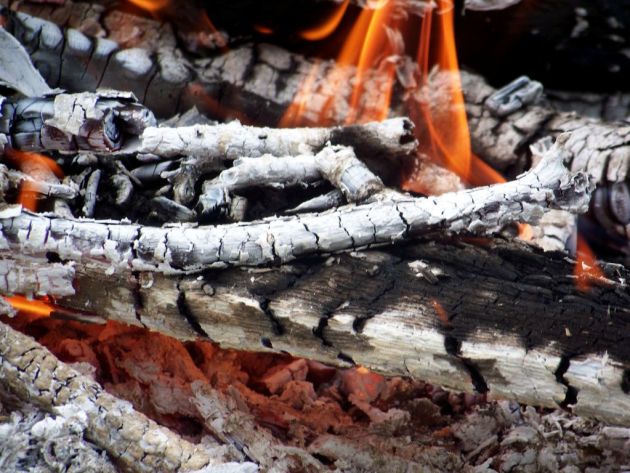
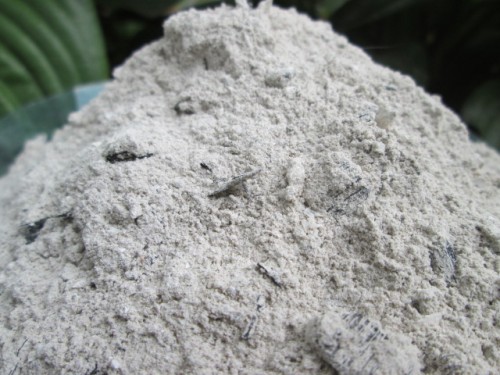
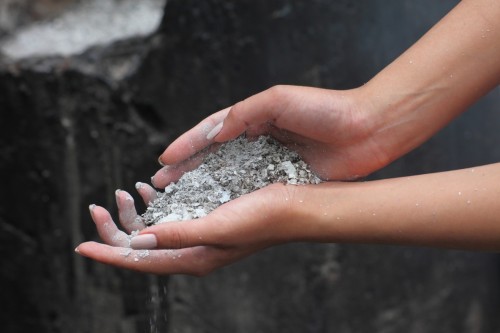
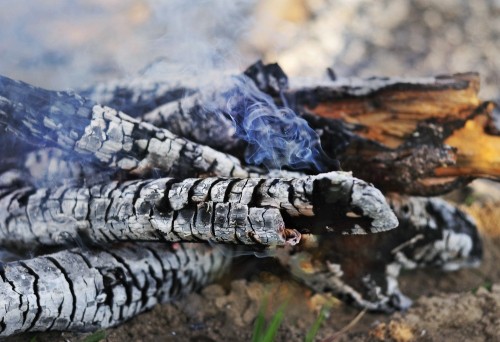
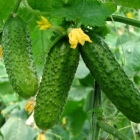
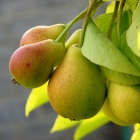
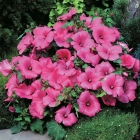
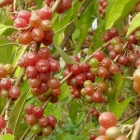
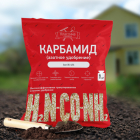
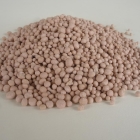
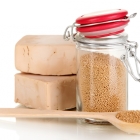

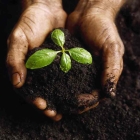
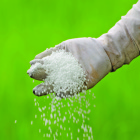
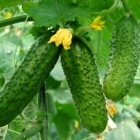
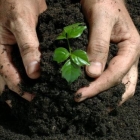
 Start a discussion ...
Start a discussion ...